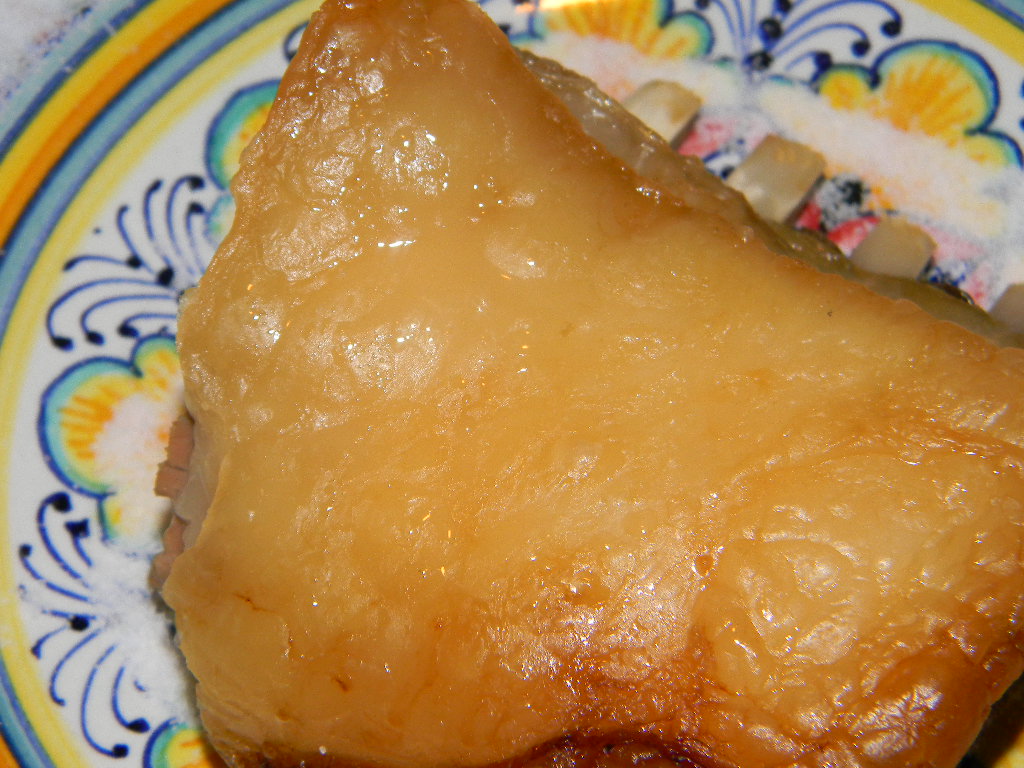Ratios are an interesting idea, a way to compare things mathematically. They can give us new insights into things!
The Golden Mean is a ratio in which the proportion between two items is the same as the proportion between the sum of the two and the larger one. It is expressed mathematically as 1.62. This ratio is said to be found in nature, and humans seem to favor items that contain this ratio.
I was thinking more about Dr. Thomas Seyfried's ideal ratio of blood glucose to blood ketones. He has been using 1.0 (in mmol/l) as the ratio for his cancer therapy research. However, this is quite hard to achieve. That means a fasting blood glucose of only 69mg/dl (3.8mmol/l) and a blood ketone level of 3.8mmol/l. Very difficult! However, on good days, I am at least able to achieve the golden mean in my glucose/ketone ratio. I think that's still very good! In order to collect these numbers, you will need both a blood glucose monitor as well as a blood ketone monitor. If your blood glucose monitor gives the mg/dl figure, you can use an online calculator to convert it to mmol/l.
Another important ratio for a ketogenic diet is the ratio of fat intake to protein intake in terms of calories. In order to gather these figures, you will need to use a food scale and a dietary tracker that will calculate calories. The ideal keto ratio is 80% of calories from fat to 20% from protein, or a 4:1 ratio. I have been attaining 70/30 but I'm going to work harder to reduce my protein and up my fats. It is much healthier to have a lower protein intake!
Another interesting ratio to calculate is your waist to hip ratio. For females, it should be below 0.8, and for males, below 0.95.
Along that same line are bodyfat calculators. They use a combination of ratios between neck, height, waist, and hips to calculate your percentage of body fat. I use this regularly to check against my bodyfat scale. The calculators show me at 14%, while the scale says 15%, so that gives me a good general idea of my bodyfat!
Another very basic ratio that I use is a visual one. I try to make sure that visually, my fats are about half of protein portion size. It's a very rough estimate, but it works pretty well for me if I don't have a scale handy! If I do have a scale, then again, the fats should be about half the grams of the protein. Since fats have 9 calories per gram and protein only has 4, then although the physical size of the fat portion is smaller, the caloric size is much larger! Fats are extremely nutrient and calorically dense! Especially fats from 100% grassfed ruminant animals. You can how golden this 100% grassfed ghee is!
 |
| Pastured chicken eggs topped with grassfed ghee and sea salt flakes |


Comments
Post a Comment